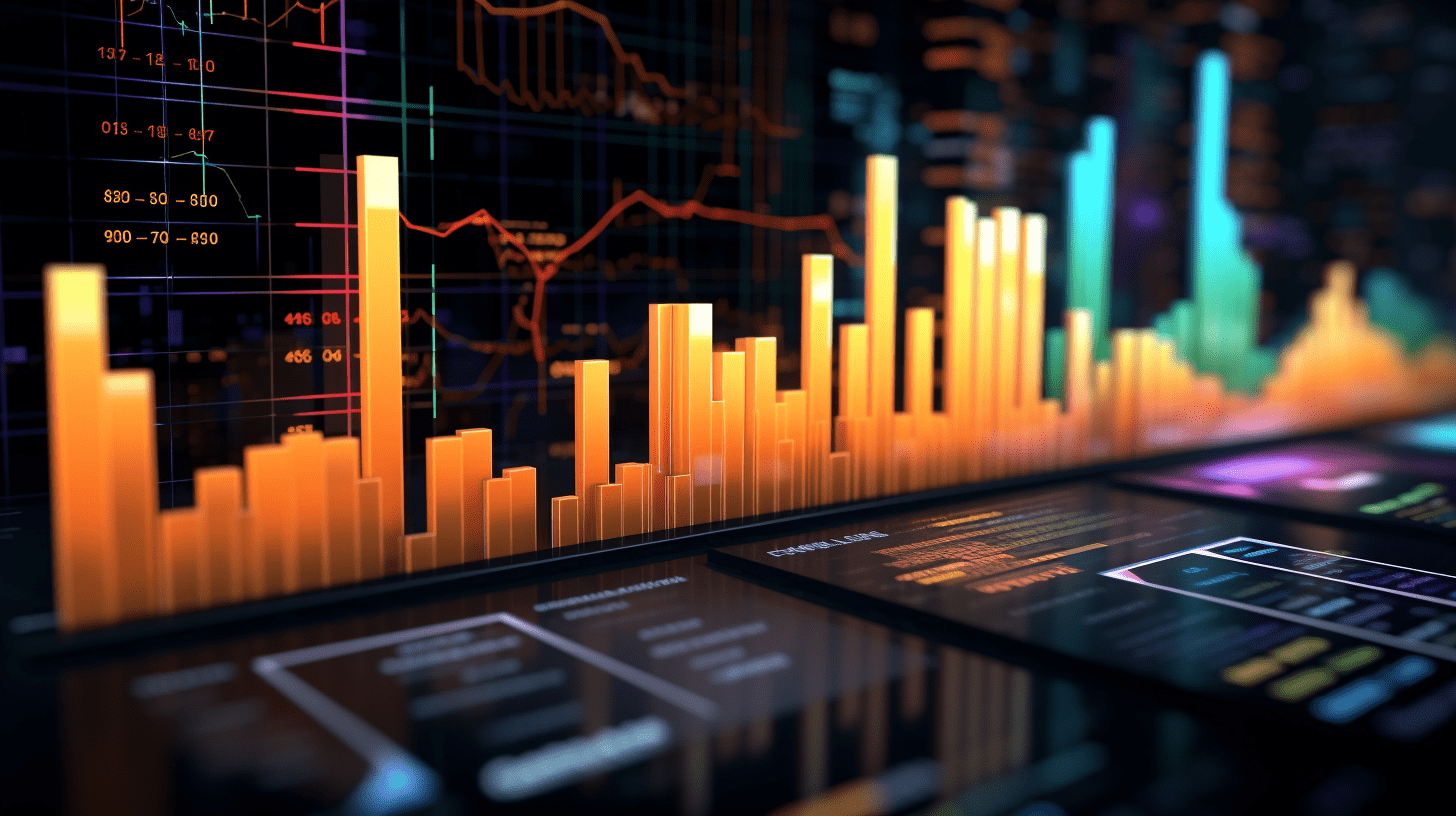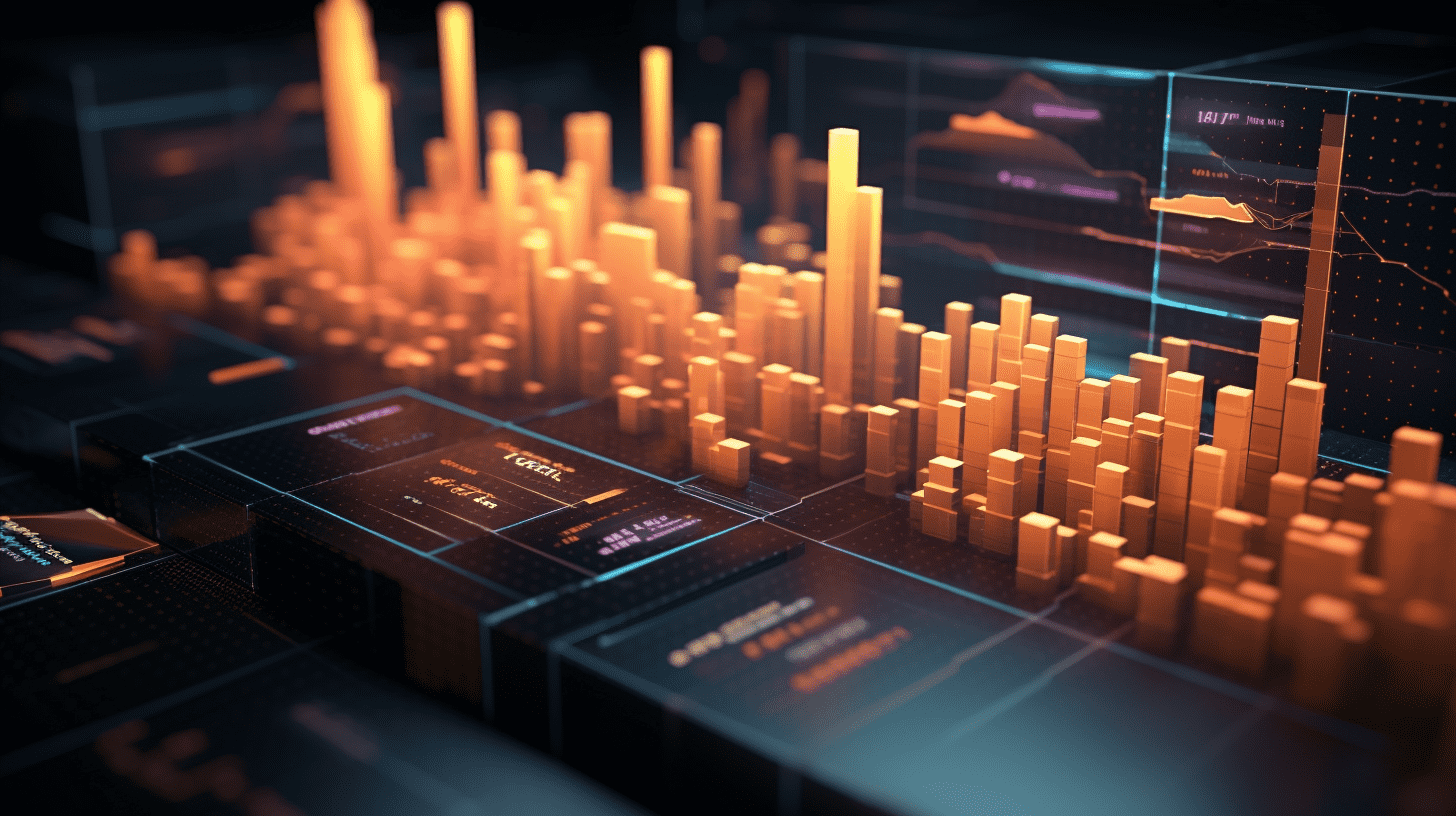
Sinolink: The semiconductor industry is entering an upturn cycle, driven by the demand for AI, equipment/components may actively benefit.
Sinolink released a research report stating that it is expected that by 2025, there will be a resonance of demand, capacity, and inventory cycles, which will drive the semiconductor industry into a major upward cycle. At the same time, independent and controllable semiconductor industry chains are also a major trend, with a continuous positive outlook on semiconductor equipment/components, materials, and domestic computing power industry chains.
The main points of Sinolink are as follows:
The report reviews the previous semiconductor cycles and divides them into three cycles based on the relationship between supply and demand: long cycle (8-10 years) - demand cycle, medium cycle (4-6 years) - capacity cycle, short cycle (3-5 quarters) - inventory cycle, with demand, capacity, and inventory cycles nested within each other.
Through the review, it was found that each opening of a major semiconductor cycle is driven by emerging technologies promoting product upgrades and innovation, leading to the increase in the total quantity, penetration rate, and value of single-product semiconductors, driving the semiconductor market to a higher level. The report believes that AI will drive the semiconductor industry into the next major cycle. However, in the early stages of AI development, this mainly involves the continuous iteration of basic large models, major cloud providers competing for computing power chips and storage (HBM), traditional semiconductor chips being restricted by sluggish terminal demand, coupled with being in a destocking cycle, leading to poor performance and stock price performance.
As available effective data reaches a bottleneck, large model iterations slow down, and looking ahead to 2025, applications generated by generative AI are expected to become the mainstream of the AI wave. This mainly includes "AI+X" such as AI phones, AIPC, AI glasses, AI headphones, AI speakers, AI gamers, AI education, AI companions, Siasun Robot & Automation, and autonomous driving, among others. The upgrade and innovation of these end-user demands will drive the demand for chips, thereby continuously increasing the overall semiconductor market size.
Moreover, from the perspective of capacity and inventory cycles, it was found that current wafer foundry capacity utilization is continuously improving (with an increase in the proportion of advanced processes), while chip manufacturers and channel end inventories remain at low levels. With the imminent explosion of "AI+" end-user demand, under these circumstances, the report predicts that by 2025, there will be a resonance of demand, capacity, and inventory cycles, driving the semiconductor industry into a major upward cycle. In addition, the trend of independent and controllable semiconductor industry chains continues, with a sustained positive outlook on semiconductor equipment/components, materials, and the domestic computing power industry chain.
Investment logic:
Focused on the AI main theme, continuously optimistic about AI infrastructure, with a focus on AI applications. If 2023 is the year of AI training, 2024 the year of AI inference, then 2025 will be the year of explosive AI terminal applications. This is mainly attributed to the expected wave of traditional terminal upgrades driven by "AI+X" including end-side AI, chatbots, Siasun Robot & Automation, autonomous driving, etc. In the field of semiconductor chips, the report believes that besides the demand for computing power chips and storage, other demands such as Soc chips, storage, CIS, analog chips, etc., will also be driven. In terms of priority, we primarily focus on the demand for AI computing power chips, storage (HBM), and digital Soc chips, with other components like CIS, analog chips, RF, driver ICs, MCUs also benefiting.
It is imperative for both upstream and downstream of the semiconductor chain to accelerate independent and controllable capabilities. For fabs, the domestication rate of equipment is expected to increase. For equipment manufacturers, the improvement in the domestic component rate is expected to become essential for survival. It is predicted that under the drive of AI demand, continuous expansion of storage, and the increase in domestication rates, semiconductor equipment/components will actively benefit.
Investment recommendations:
Positive outlook on the AI infrastructure and related applications, as well as the trend of independent and controllable semiconductor industry chains. Focus on: domestic computing power chips, storage (HBM), digital Soc chips, semiconductor equipment/components, materials, etc.
Risk warning: AI end-side development lags behind expectations, consumer electronics recovery is lower than expected, AI applications fail to meet expectations, semiconductor inventory destocking is slower than expected, and capital expenditure for wafer fabs is lower than expected.
Pre-market report on A-shares | National Conference sets tone to promote stable development of capital markets, three leading silicon material companies disclose maintenance plans on the same day.
Wall Street banks are dissatisfied with capital requirements and are suing the Federal Reserve for allegedly illegal stress testing.
RECOMMEND
©️2013 - 2024 GMT EIGHT Holdings. All Rights Reserved.
Contact: contact@gmteight.com


